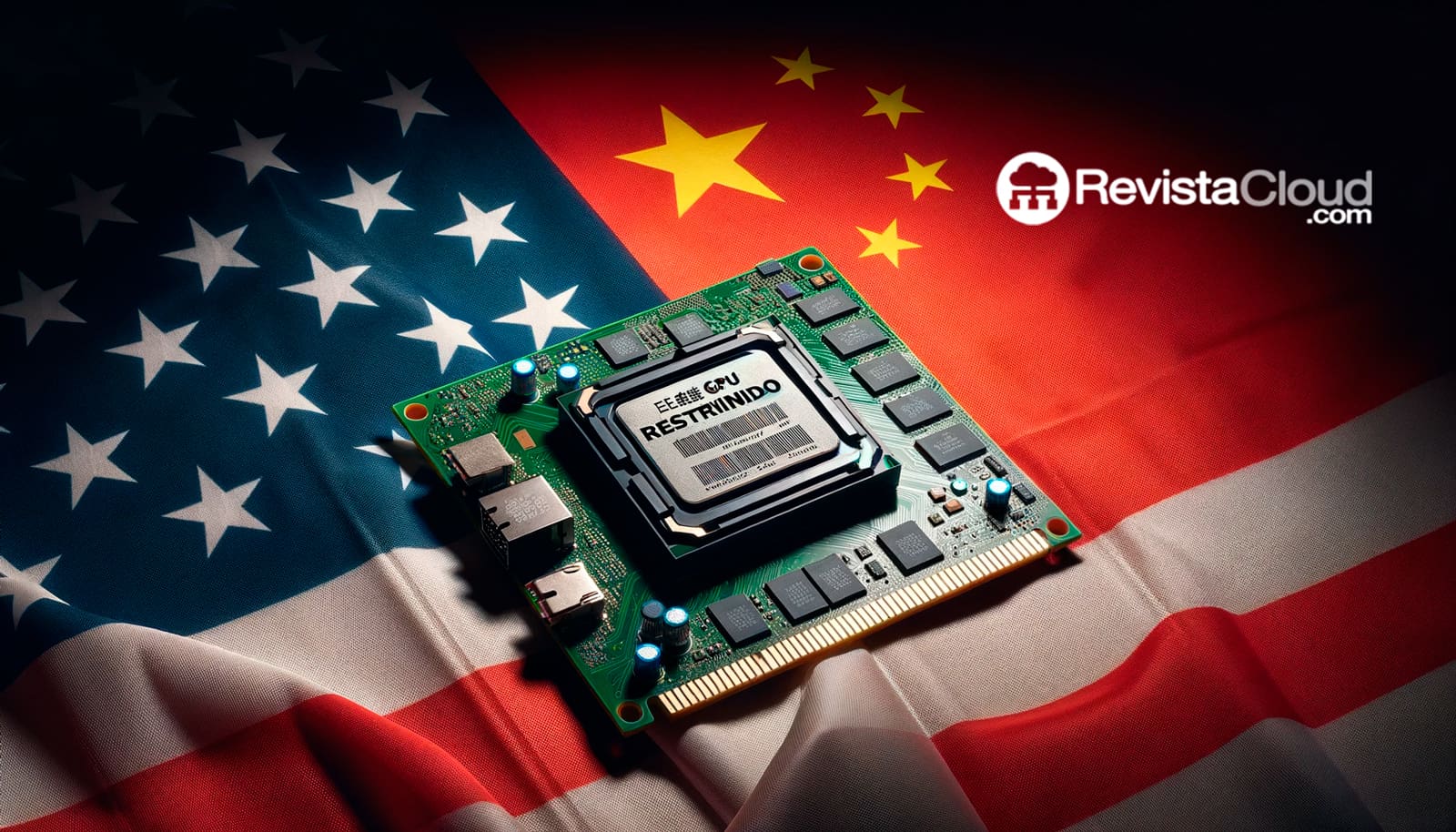The company expects to regain market share against Huawei with a limited version of its new architecture, lacking HBM and CoWoS, but supported by its CUDA ecosystem.
NVIDIA is preparing to launch its new artificial intelligence chip aimed at the Chinese market, a scaled-down version of its Blackwell architecture, which could generate up to 10 billion dollars in revenue this year, according to preliminary data from Reuters. The main goal of this adapted version is not to lead in power, but to regain ground against competitors like Huawei, in a context marked by restrictions imposed by the United States and the tightening geopolitical landscape.
The new chip, with an estimated price ranging between 6,500 and 8,000 dollars, costs about half of the H20 AI accelerator that NVIDIA offers in other markets. This price reduction is not incidental: the chip’s design has omitted key technologies such as HBM (High Bandwidth Memory) and TSMC’s advanced CoWoS packaging to comply with bandwidth regulations set by the U.S. government. Instead, it uses GDDR7 memory, resulting in considerably lower performance compared to the standard Blackwell versions.
Chip production is expected to begin next month, with availability in the Chinese market anticipated for July 2025.
A $50 billion market slipping away
China represents an estimated business opportunity of 50 billion dollars for NVIDIA, as acknowledged by its CEO, Jensen Huang. However, the imposition of export restrictions on high-performance chips has significantly reduced its presence in the Asian country. The Chinese market used to account for a substantial part of NVIDIA’s global revenue, particularly due to massive GPU sales such as the H100 and A100, designed for training and inference tasks in large language models (LLMs).
Following the initial bans from the Joe Biden administration, NVIDIA’s market share in China has been cut in half, currently sitting at around 50%, a drop that concerns executives at the California-based company.
Huawei takes the lead in hardware
Although NVIDIA’s new chip promises to be competitively priced, it will not be the most powerful on the Chinese market. That title currently seems to belong to Huawei’s Ascend 910C, a chip that experts say outperforms the scaled-down Blackwell. However, NVIDIA’s advantage does not solely lie in hardware: the company aims to capitalize on its established software ecosystem, with CUDA as a key differentiator for the development and execution of artificial intelligence models.
The CUDA ecosystem, widely adopted by researchers and tech companies globally, offers tools, libraries, and compatibility with multiple AI frameworks, facilitating the development of advanced solutions even with less powerful hardware.
One million units by year-end
Despite its technical limitations, the new Blackwell chip could become a commercial success. Forecasts suggest that NVIDIA will sell over a million units before the end of 2025. Its low cost makes it an attractive option for Chinese companies looking to deploy generative AI applications without incurring the high costs of premium chips.
With this maneuver, NVIDIA aims to maintain its presence in the Chinese market, avoid a complete loss of relevance against local rivals like Huawei, and, above all, adapt to the conditions imposed by tensions between Washington and Beijing.
In summary, the new Blackwell chip for China is not a direct competitor at the top of the performance spectrum, but it marks a significant strategic shift for NVIDIA, once again demonstrating its ability to adapt to a rapidly changing political and technological environment.

